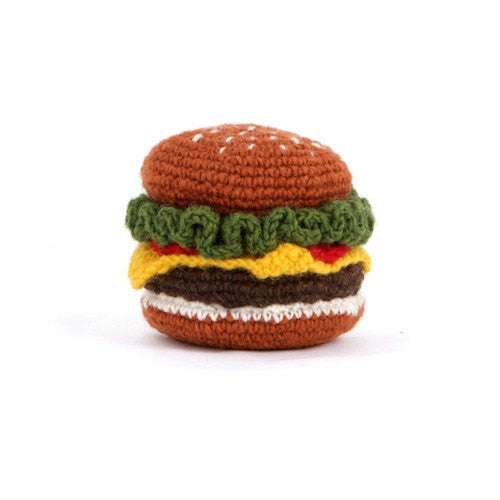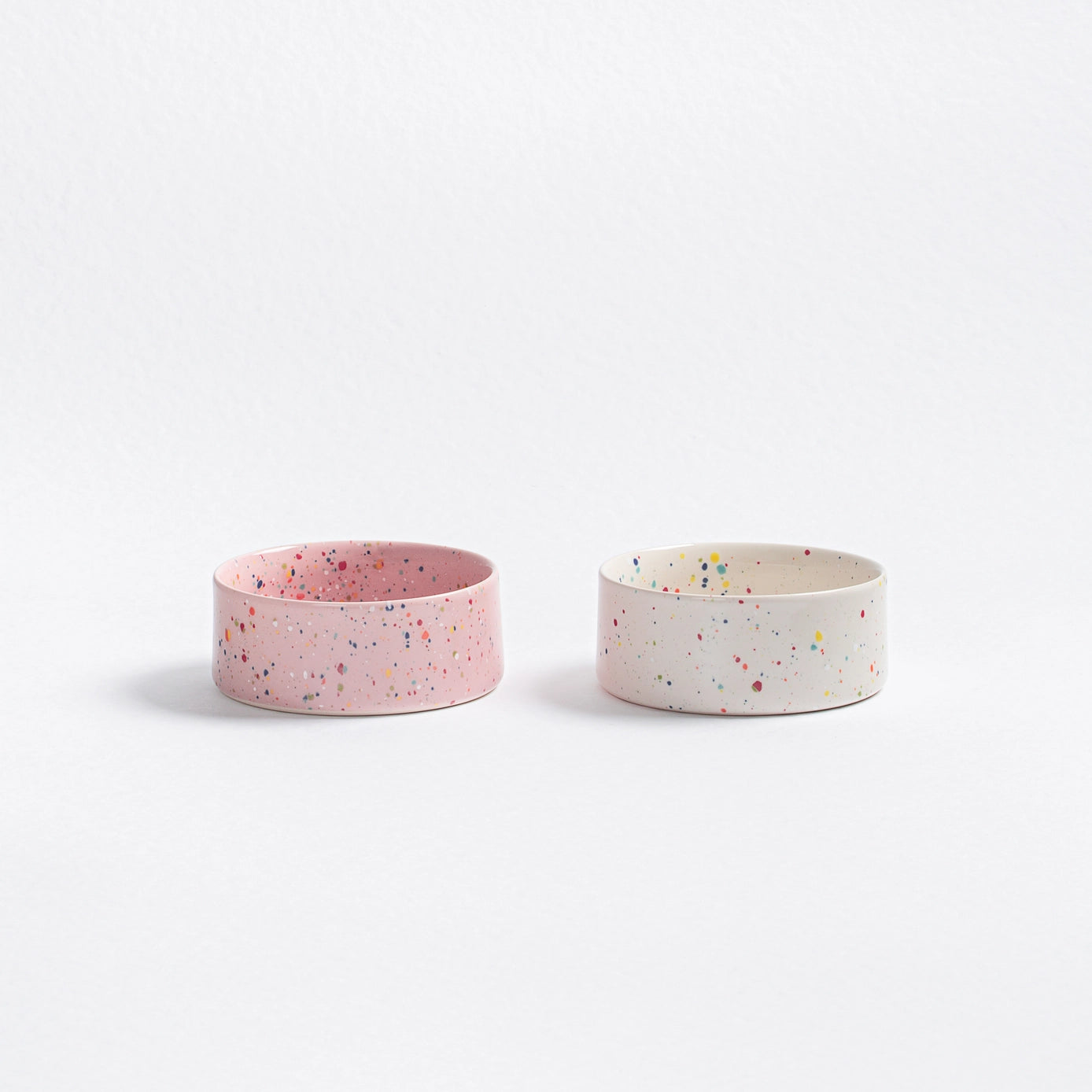CBD & Dogs: Here’s What You Need to Know
Surely by now you’ve heard about CBD making its way into the world. Ever since the passage of the 2018 Farm Bill, hemp has had a new calling.
CBD stands for cannabidiol, and CBD (one of many cannabinoids) is derived directly from hemp, which is related to marijuana, but it’s not the same thing. Hemp cannot contain more than 0.3 percent THC (that’s the stuff that gets you “high”), and if there is more than 0.3 percent THC, it has to be labeled as marijuana CBD.

Both humans and dogs have an endocannabinoid system, which is a complex biological system in the body that’s tied to appetite, sleep, mood, and memory. It’s a relatively new discovery in research (only discovered in the late 1990s), but basically CBD binds with the cannabinoid receptors in the endocannabinoid system and this creates “homeostasis,” a sense of balance and alignment in the body.
There are lots of claims that CBD can treat things in dogs like pain, cancer, inflammation, anxiety, aggression, seizures, arthritis, allergies, and epilepsy. CBD may also boost a dog’s appetite, ease the pain of hip and elbow dysplasia, and give your pet a shinier coat.
Because the FDA doesn’t regulate CBD (and neither does the pet industry), it’s best to only purchase CBD that has been third-party tested for microbials, heavy metals, and pesticides. Broad spectrum CBD that has been extracted with carbon dioxide is also a safer bet compared to “solvent extraction” CBD, which uses propane, butane, or petroleum in order to make the product more cheaply.
Of course, just like you might if you were starting your dog on a new supplement or dietary regimen, it’s worth running the idea of CBD by your veterinarian first. They may have a recommendation from a brand they trust and be able to help with dosage, which can be a somewhat tricky thing to figure out.
Have you ever tried CBD with your dog? I’d love to know how it went! Please feel free to leave a comment below.



Leave a comment